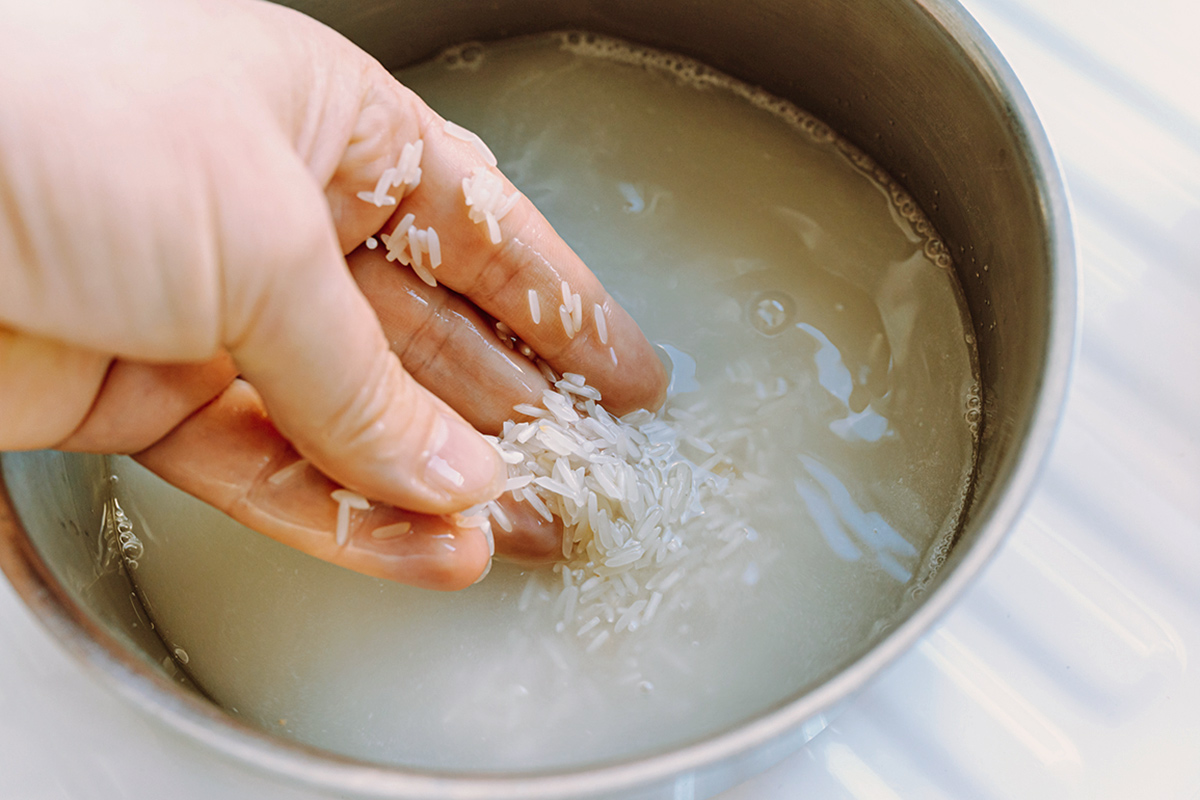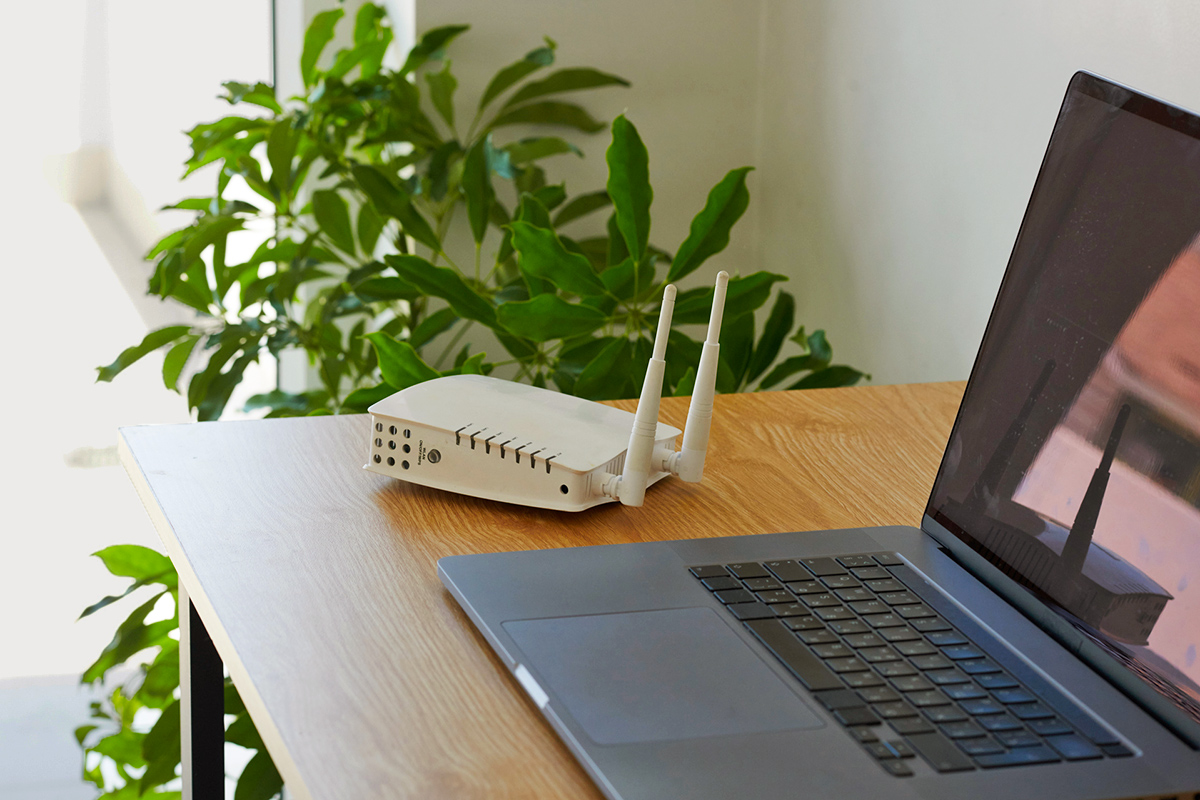Whether it’s vegetable scraps made into a delicious stock or used coffee grounds repurposed for a rejuvenating body scrub, there are many ways to reuse what we already have on hand. In this economy, ensuring nothing goes to waste can help you save money and get more out of your grocery bill. And when it…
Rice Water as Fertilizer
The secret to making the best rice is to rinse it before cooking. This helps remove excess starch, so you don’t end up with clumpy rice. But don’t pour that rice water down the drain. Instead, use it to fertilize your plants.
Rice water is milky and murky and full of beneficial nutrients that can help plants thrive, including nitrogen, iron, calcium, phosphorus, potassium, vitamins, and minerals. The starches also feed soil microbes, which creates a healthier environment for roots to grow strong and new leaves to sprout.
How To Fertilize Plants With Rice Water
To fertilize plants with rice water, you’ll first need to make — or at least rinse — some rice. Start by measuring the rice and adding it to a mixing bowl. Fill the bowl with cold water until the rice is fully covered, and then use your hands to swish it around for about 10 seconds. Next, grab another bowl and a sieve, and strain the rice, letting the drained water collect in the new bowl underneath.
More from our network
House Outlook is part of Inbox Studio, which publishes content that uplifts, informs, and inspires.
Once you’ve collected your rice water, pour it into a small watering can and add it to your plants’ soil. The amount to use depends on the plant, but a general rule of thumb is 1 cup (or less for smaller plants). As with other fertilizers, houseplants need rice water only one to two times per month during their growing season, so be careful not to overdo it. Providing them with too much rice water can result in overfertilization, which can lead to a range of problems, from root damage to nutrient imbalances.



















